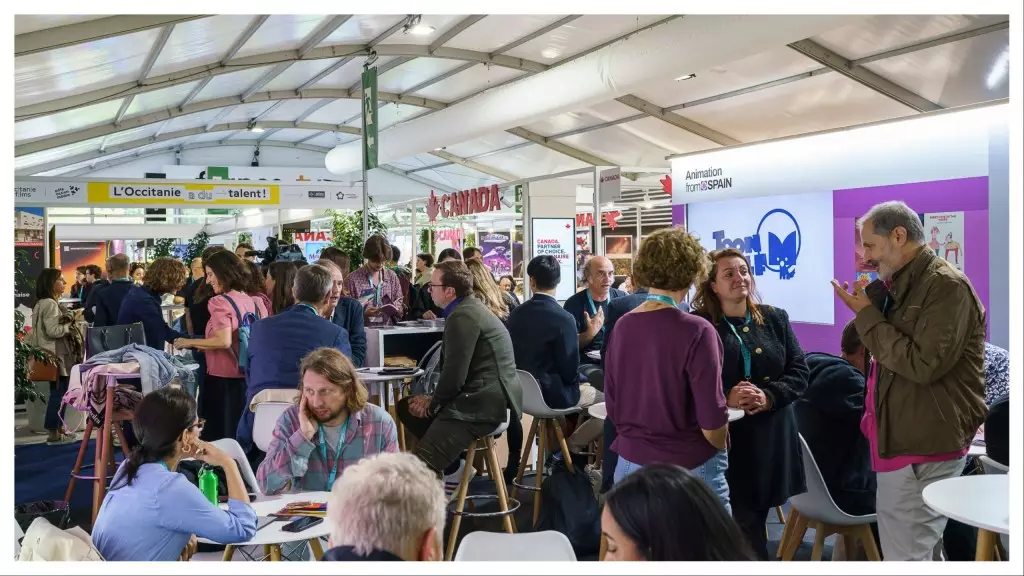This week, the picturesque town of Annecy transforms into a battleground not for traditional art forms, but for the very soul of creativity itself. As discussions regarding the implications of artificial intelligence (AI) unfold at the renowned Annecy International Animation Film Festival, protests are scheduled to take place at the MIFA market. Industry insiders fear that AI technologies threaten to disrupt the delicate ecosystem of animation, leading to significant job losses and compromising the artistry that defines the sector. The alarming sentiment among animation professionals, artists, and enthusiasts cannot be overstated: a sense of dread looms large that they might be replaced or sidelined by machines.
Unveiling Industry Concerns
Recent reports from French media have highlighted a coalition of various unions and organizations, which plan to vocalize their concerns about the encroachment of generative AI in the animation industry. They aim to spotlight the destructive outcomes they foresee due to an influx of automated processes. The coalition’s statement bluntly acknowledges ongoing adversities: layoffs, offshoring jobs, creative studio closures, and budget restrictions have plagued the industry for years, and AI innovations are viewed as either a misguided remedy or simply a façade for accelerating decline.
The primary issue at hand is the misperception that AI is a panacea for the industry’s woes. Instead, the protestors characterize it as “a biased, destructive, and expensive copycat machine,” fundamentally undermining the integrity and skills of animation professionals. The artists worry not just for their jobs but for the future of imaginative storytelling itself.
The Implications for Artistic Integrity
Participants in Annecy’s festivities, totaling around 18,000 this year, are confronting the prospect of a future that could dilute or even eradicate the uniqueness of animated art. One concerned senior executive encapsulated the industry’s pessimism: “It feels as though we’re toast.” While the integration of AI into various sectors has undoubtedly showcased increased efficiency, the animation industry is a unique realm where human creativity is paramount. The fear that half of the workforce might evaporate due to generative technological advancements calls into question not only livelihoods but also the authenticity of creative expression.
Critics have voiced that AI lacks the human touch, often missing the nuances that define art. The uniqueness that artists imbue in their work is something that algorithms cannot replicate. The growing reliance on AI raises existential questions about art’s future: will it be universally homogenized, stripped of individual narratives and nuances, or will it carve out new pathways for hybrid forms of expression?
A Call to Action
As the MIFA market gets underway, the protestors’ message resonates through the cobblestoned streets of Annecy: voices are uniting against the overshadowing presence of AI in animation. Groups like The Animation Guild and several European counterparts are not just vocalizing concerns; they are advocating for action and a re-evaluation of how technology is integrated into the arts. Their efforts depict a unified front striving to safeguard jobs, creativity, and the human element in storytelling.
The dilemma presented at the Annecy festival serves as a clarion call, emphasizing that while technological advancements are inevitable, the direction in which they evolve must prioritize human creativity and artistry above mere economic efficiencies. In a world eager to embrace progress, the animation community’s resistance underlines a critical dialogue: balancing innovation with the irreplaceable value of human creativity is not just necessary but vital.
